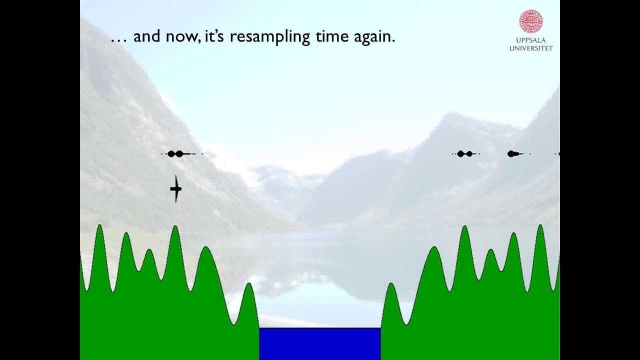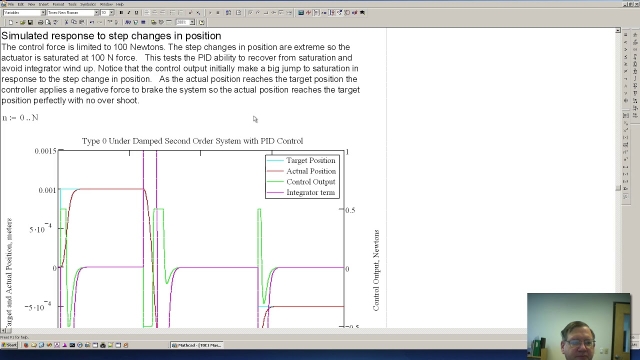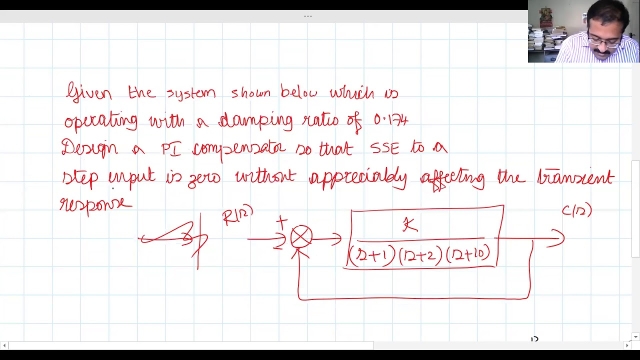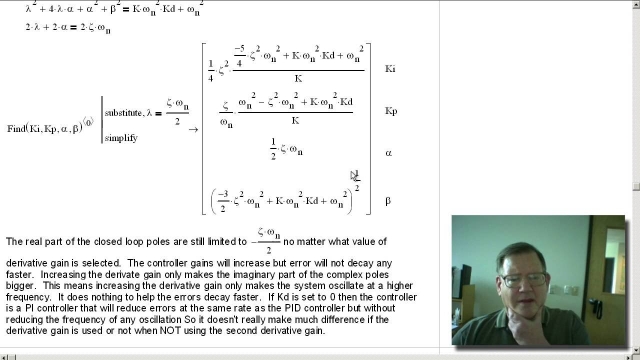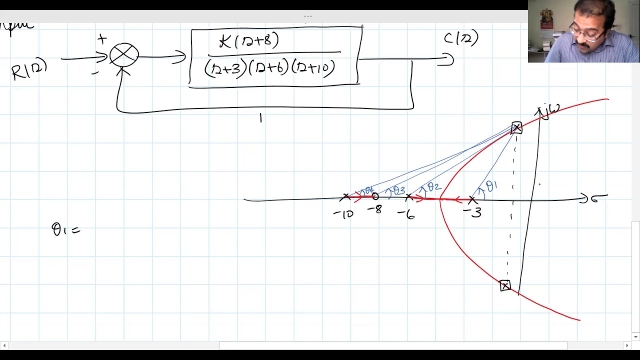
Lecture 19: Lead and PD compensator Design using Root Locus
IMC based PID Design for a First Order Process
IMC based PID Design for a First Order Process
See MoreControl Bootcamp: Laplace Transforms and the Transfer Function
Here we show how to compute the transfer function using the Laplace transform.
See MoreWorking with Synthetic Data | Deep Learning for Engineers, Part 2
This video covers the first step in deep learning: having access to data. Part of making the decision of whether deep learning is right for your project comes down to the type and amount of...
See MoreLinear Quadratic Regulator (LQR) Control for the Inverted Pendulum on a Cart...
Here we design an optimal full-state feedback controller for the inverted pendulum on a cart example using the linear quadratic regulator (LQR). In Matlab, we find that this is a simple one...
See MoreSimple Examples of PID Control
In this video I continue the topic of PID control. We walk through a simple control system and visualize how each of the three paths, P, I, and D, all address specific problems that arise...
See MoreMachine Learning Control: Genetic Programming Control
This lecture discusses the use of genetic programming to manipulate turbulent fluid dynamics in experimental flow control.
See MoreDesigning a PID Controller Using the Root Locus Method
In this video we discuss how to use the root locus method to design a PID controller. In addition to discussing the theory, we look at Matlab tools to enabl...
See MoreBode Plots by Hand: Real Poles or Zeros
This is a continuation of the Control Systems Lectures. This video describes the benefit of being able to approximate a Bode plot by hand and explains what a Bode plot looks like for a...
See MoreUnderstanding Model Predictive Control, Part 6: How to Design an MPC Control...
Learn how to design an MPC controller for an autonomous vehicle steering system using Model Predictive Control Toolbox™. This video walks you through the design process of an MPC controller...
See MoreRouth-Hurwitz Criterion, Special Cases
This video presents two special cases that you can encounter when filling out the Routh Array. The first case is when there is a zero in a row with at least one non-zero element following...
See MoreVelocity & Acceleration in Non-Inertial Reference Frames (Coriolis &...
In this video we derive a mathematical description of velocity and acceleration in non-inertial reference frame. We examine the effect of fictitious forces ...
See MoreDeriving Percent Overshoot, Settling Time, and Other Performance Metrics
In this video we examine a second order dynamic system and derive how various performance metrics (such as time to first peak, magnitude at first peak, perce...
See MoreDigital Twins
This lecture discusses the use of data-driven digital twins in advanced model-based design and engineering, and the related digital thread, which ties together the data throughout an entire...
See MoreStandard HW Problem #2: Which is the real open loop transfer function?
In this video, we’ll go through another standard homework problem so you can see how you can apply many of the things you’re learning into a single problem. The question is, we have two...
See MoreFrequency domain – tutorial 8: frequency spectra
In this video, we learn about frequency spectra which can be divided into two parts: phase and magnitude spectrum. Some examples will be provided to practice...
See MoreControl Systems Lectures - Closed Loop Control
This lecture discusses the differences between open loop and closed loop control.
See MoreFrequency domain – tutorial 11: equalization
In this video, we learn about equalization technique which is used in communication systems to compensate for the destructive effect of the channel between t...
See MoreMotivation for Full-State Estimation [Control Bootcamp]
This video discusses the need for full-state estimation. In particular, if we want to use full-state feedback (e.g., LQR), but only have limited measurements of the system, it is necessary...
See MoreParticle Filter Explained without Equations
This video provides a quick graphical introduction to the particle filter. It does a good job building some intuition behind the filter without ever touching on any mathematics. It's worth a...
See MorePeter Ponders PID - Controlling an Under Damp Mass and Spring System
Demonstrates:How to calculate the PID gains. The importance of the derivative gain. How to simulate the mass and spring systemControl limitations based on s...
See MoreLecture 18: PI and Lag Compensator Design using Root Locus
Inputs and Outputs as defined by a Process Control Engineer
Defining process inputs and outputs is a lot more complicated than I initially thought when I was learning about process control. In this video, I share how ...
See MorePeter Ponders PID - Why PID with 2nd Derivative Gain?
If you have ever tuned a hydraulic system and wondered why PID control didn't work better than PI control the answer is here. Since the 1980s people have kn...
See More
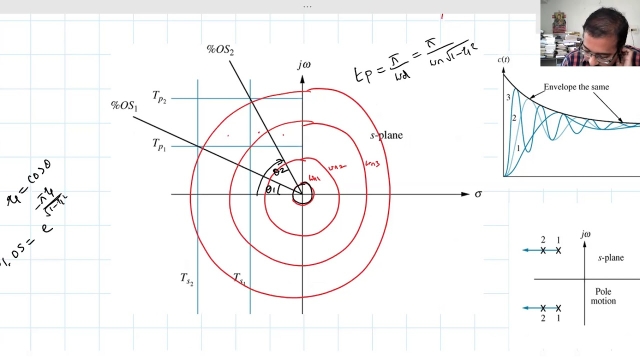

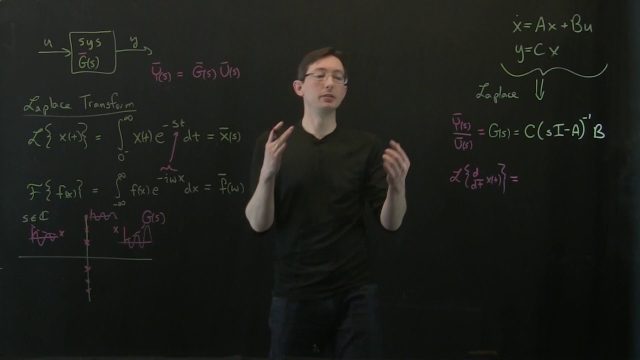
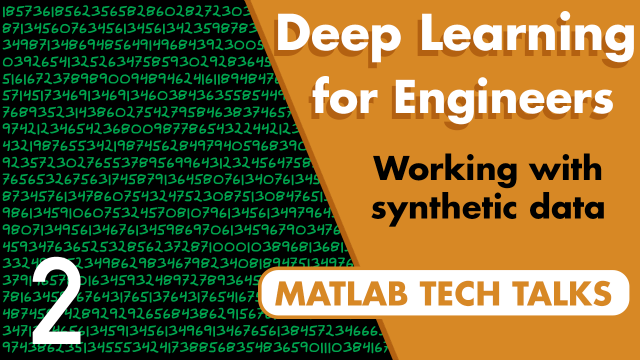
![Linear Quadratic Regulator (LQR) Control for the Inverted Pendulum on a Cart [Control Bootcamp] Linear Quadratic Regulator (LQR) Control for the Inverted Pendulum on a Cart [Control Bootcamp]](/sites/default/files/styles/search_resulkts/public/2020-12/maxresdefault_431.jpg?itok=vs89WnA2)
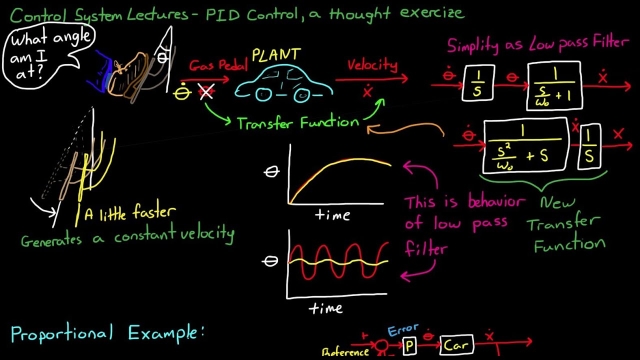
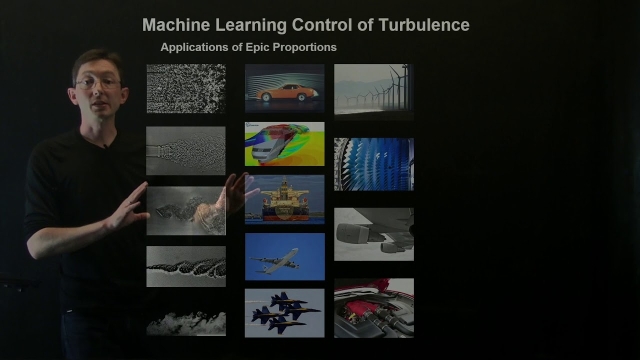
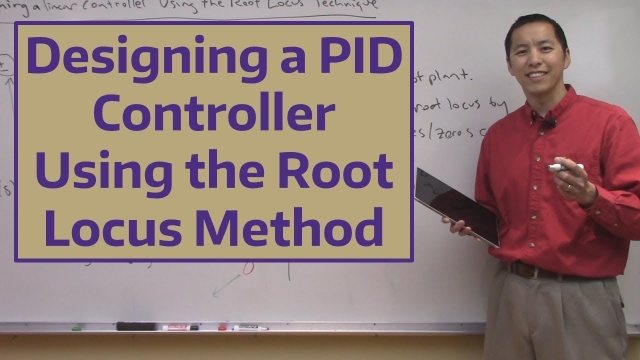
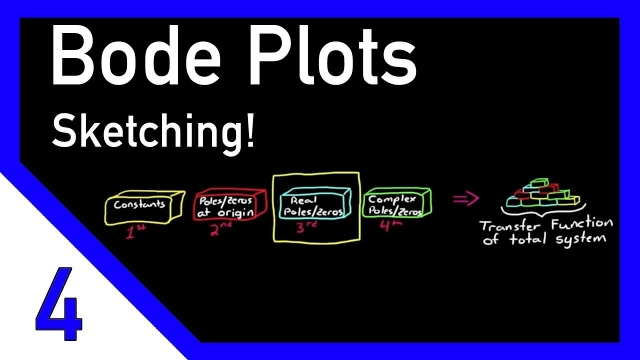
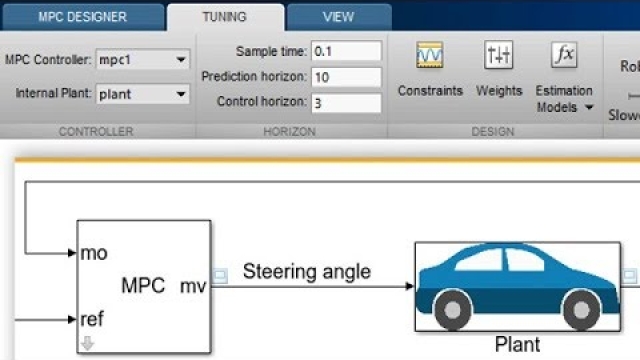
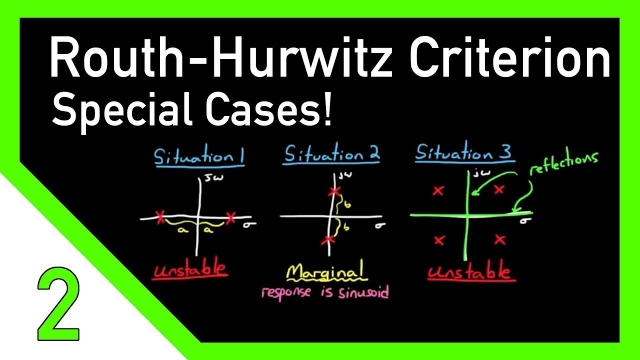
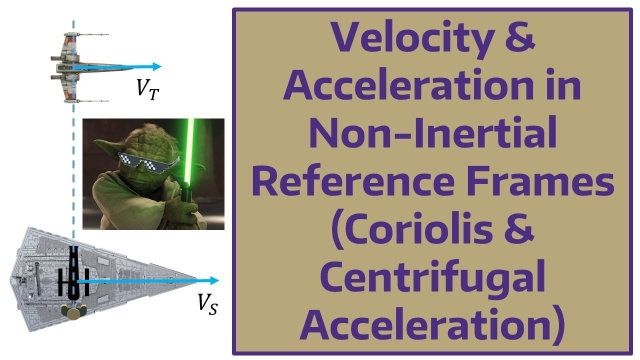
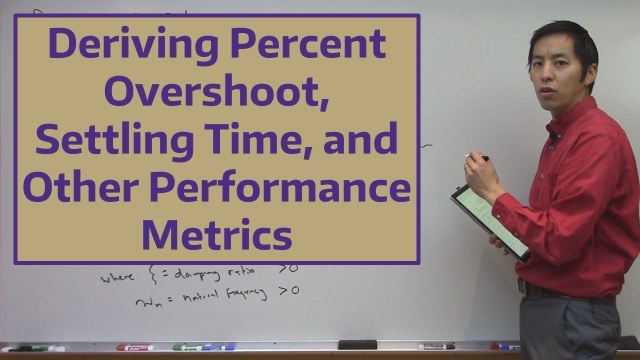
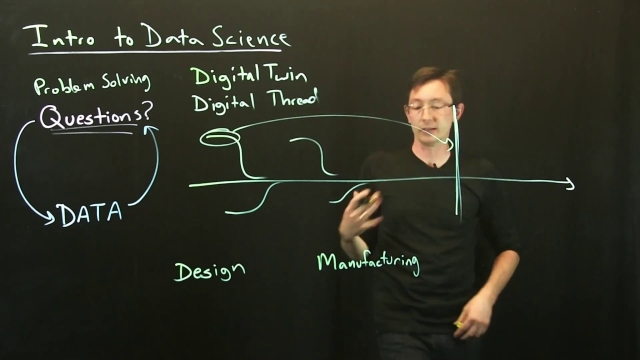
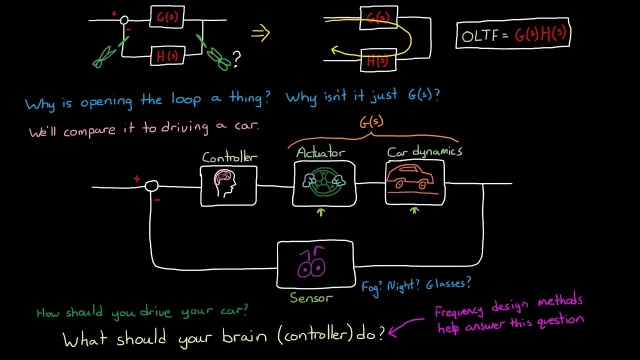
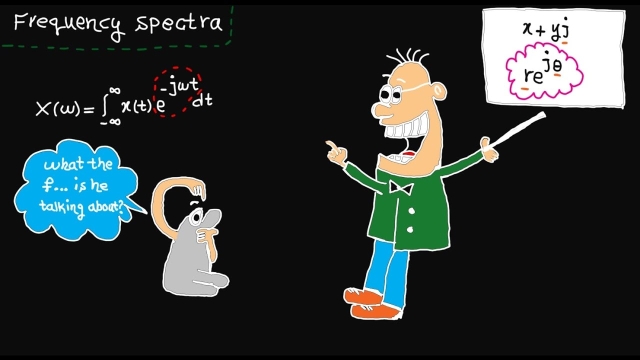
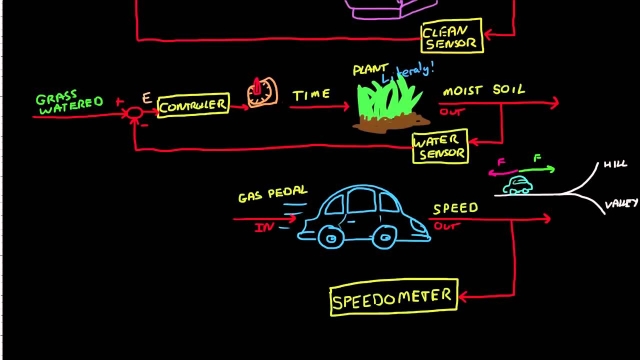
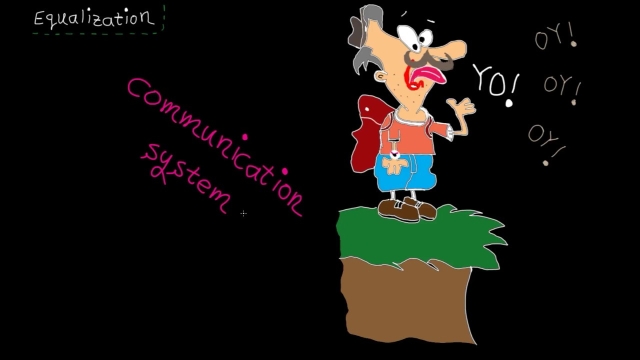
![Motivation for Full-State Estimation [Control Bootcamp] Motivation for Full-State Estimation [Control Bootcamp]](/sites/default/files/styles/search_resulkts/public/2020-12/maxresdefault_378.jpg?itok=AFDlS2AH)
